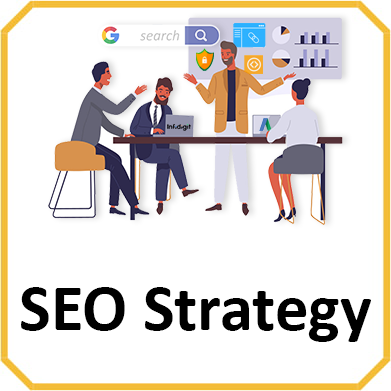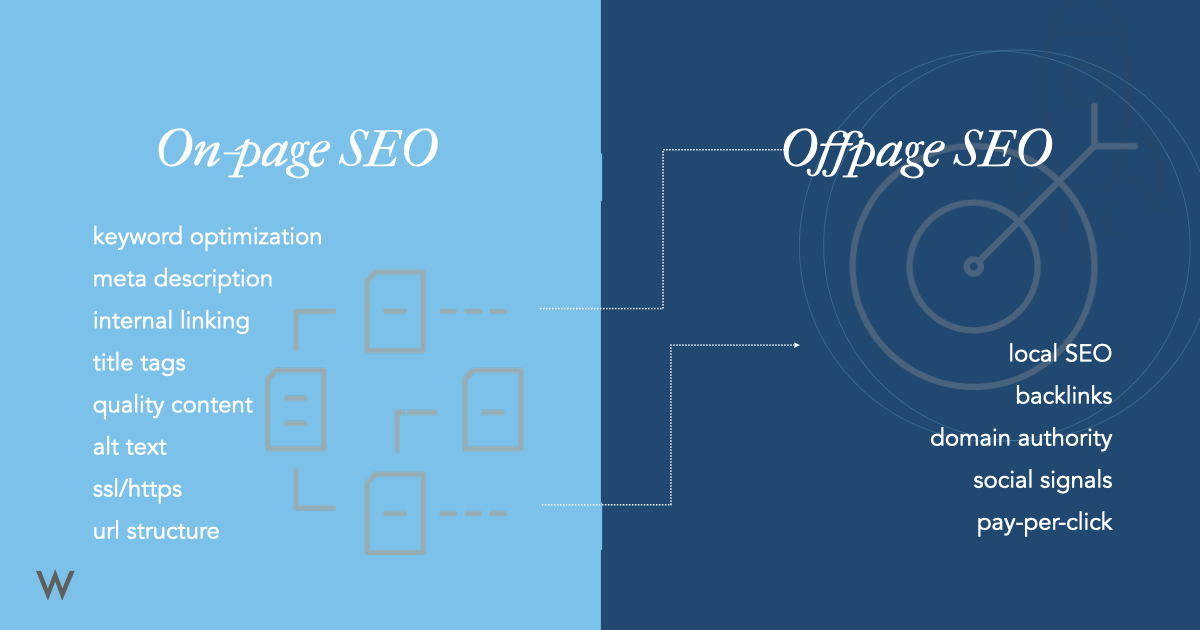
These steps are a guide to help you create SEO-driven content on your website. Keyword research, Structure and content will all be covered. These tips can help you create content to convert readers into customers. Here are my top tips for SEO content. These are the top SEO tips:
Learn from SEO-driven content creation for your website
SEO-driven content on your website must be written for people. Search engines are not the best way to write. It will result in content that is hard to read and isn't appealing to readers. Instead, focus on your readers and how SEO works. You will get more traffic to your site and build a stronger brand.
Google is constantly changing. This is because Google uses the data the masses want. To be listed on Google's first page, you need to use the most current SEO practices. You must also determine the goals of your ideal reader. After you've identified their needs, create content that addresses them. If you are able to do that, your content will rise in SERPs.

Steps to creating good content
SEO content refers to any written content specifically designed to be found by targeted search engines. Before you begin to write, make sure you do keyword research. Write about the topics with high search volumes. Then, link to your content. SEO content can improve your website's sales and traffic if done properly. Continue reading to learn more about SEO content. Here are some tips to help you create high-quality SEO content.
Use keywords that are most likely to be used by your audience. Include relevant keyword variations. To increase your website's visibility, include relevant links from other sources. External links can also give credibility to your content. They will increase the chance of being shared, linked and shared. External links can also be added to articles to support claims and provide additional depth. However, you must ensure that external links are of high quality. These links must be authoritative and current.
Keyword research
Keyword research is essential to your content strategy. This allows you to identify what people are interested in and it is a great way to generate content topics. Researching high-volume keywords will help you identify topics that interest your audience and determine the keywords to target. Keyword research consists of three main elements: (1) topic,(2) volume, (3) relevancy. When done properly, keyword research can reveal the keywords or phrases people use when searching for your products and services. Once you identify the topics, it is possible to create landing pages that will focus on those keywords.
You can conduct keyword research by first entering your target keyword in a search engine. Examine the results to determine if any other keywords are relevant to your keyword. Include variations of your targeted keyword. Linking to other content increases SEO credibility and credibility. In addition, it will improve the user experience. Additionally, you will have a source for your statistics. Be sure to provide answers and content that is relevant for your audience.

Structure of content
For effective SEO content, structure is essential. Google will notice a more logical approach to your writing and it will be easier for them to find it. A pyramid structure makes it easy to understand your content. Search engines will find your content easier by adding titles, bullet points, or subheadings. In addition to creating a logical structure, your SEO content should also be easy to read.
SEO content should consist of short sentences and no more than 20 words. Longer sentences can be difficult to read, and they may also make it harder to understand. Paragraphs should be the same. Subheadings, bold sentences, and italicized lines are all good options. To improve your readability, ensure that subheadings include H1 tags. Passive sentences shouldn't be used and they should only be used sparingly. While they can make your content look more organized, they will make your article less valuable.
FAQ
How do I start SEO?
SEO can be done in many different ways. The first step in SEO is to identify keywords you'd like rank for. This is known "keyword search." Next, optimize each page of your website for these keywords.
Optimization involves optimizing titles, descriptions and meta tags. It also includes creating unique page URLs and linking to other websites. After optimization is complete you need to submit your site to search engines like Google Yahoo! and Bing.
You will also need to keep track over time of your progress to determine whether you are succeeding.
What is a PPC ad?
Pay-per click ads are text-based adverts that appear at the top and bottom of pages.
These advertisements are very targeted. Advertisers only get paid if someone clicks on them.
PPC advertising is very similar to Pay Per Call advertising, which we'll discuss later.
What does SEO mean for small businesses?
Competing with large companies that spend millions in advertising is the biggest challenge for small businesses. Search Engine Optimization allows small businesses to leverage the same marketing power as larger companies without breaking the bank.
What Is an SEO Campaign?
A SEO campaign is a collection of activities that are designed to increase the visibility of a specific webpage or domain name on search engines such as Google, Bing and Yahoo. These activities include optimizing URL structure, title tags, meta description tag, URL structure, pages content, images and internal links.
SEO campaigns typically begin with keyword research, identifying keywords likely to increase organic traffic. Once keywords are identified and optimized on the website's homepage, each page must also be optimized.
What is Onpage SEO?
On-page seo refers the actions that you take on your website to increase its rank in search engines. Things such as site architecture, page titles, meta tags, and image alt text are all part of on-page SEO. Off-page is any activity that does not improve your website's rank. These include backlinks, social media shares, press releases, and more.
Statistics
- And 90%+ of these backlinks cite a specific stat from my post: (backlinko.com)
- : You might have read about the time that I used The Content Relaunch to boost my organic traffic by 260.7%: (backlinko.com)
- 64% of marketers actively create SEO campaigns because they help hit multiple key performance indicators (KPIs), including increasing traffic, helping your site rank for relevant keywords, improving your conversion rate, and much more. (semrush.com)
- If two people in 10 clicks go to your site as a result, that is a 20% CTR. (semrush.com)
- Deleting those 10k pages is one of the main reasons that he improved his site's organic traffic by nearly 90%: (backlinko.com)
External Links
How To
How do I know if I am doing good SEO?
There are many ways to tell if you're doing good SEO.
-
Your bounce rate should never exceed 30%. This means that users will abandon your page without clicking any other link. If your bounce rate is high, it means that your audience is not trusting your brand and/or isn't interested what you have to offer.
-
Your site visitors visit many pages - this indicates that they are engaged with it and finding information useful.
-
Your conversion rates are improving. Your audience is aware of your product and wants it to be bought.
-
Your average time on site has been increasing. Users spend more time browsing your content.
-
People are searching more - this indicates that you're doing great in SEO.
-
This means that you are getting more social media shares - it shows that others are sharing your content and reaching new audiences beyond your own followers.
-
You're getting more comments on forums - this shows that people respond positively to your work.
-
You get more engagement on your website, with more likes, tweets and shares.
-
Your rank is rising in SERPs, which shows that your hardwork is paying off.
-
You are getting more leads from your website. This is an indication that people have found you website organically, and are now contacting me.
-
Your sales are increasing - this indicates that people who visit your website looking for your products are actually buying them.
-
Your blog post gets more views/comments, showing that people find your content interesting and helpful.
-
More people subscribe to your email newsletter means you have earned their trust enough to allow them to receive updates on your business.
-
Sales are on the rise - This means people love your products enough to be willing to spend more.
-
You've got more followers on social networks, showing that your fans share your content and engage with your brand.
-
You're getting more PR mentions - this shows that journalists are talking about your brand online. This raises awareness of your company and helps to improve your reputation.
-
Your brand is being recommended frequently - this means other companies are also recommending your brand.
-
You will see people returning to your website over and over again. This shows that your customers are happy with the work you do, and they will return for more.
-
Your competitors are losing market share - this means they didn’t invest as much in their SEO campaigns.
-
The image of your brand is changing. This means that your brand is becoming more popular with a new audience.